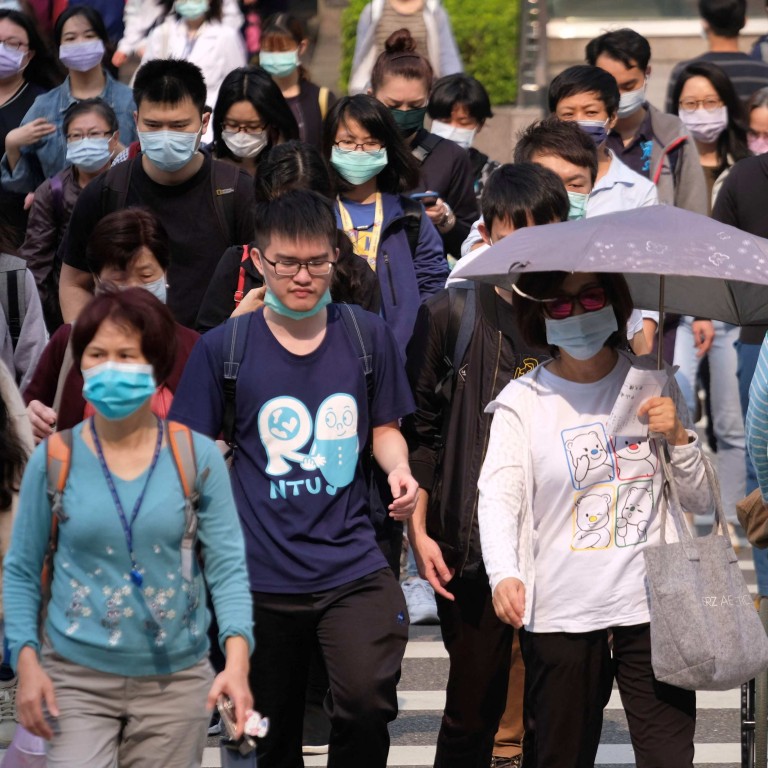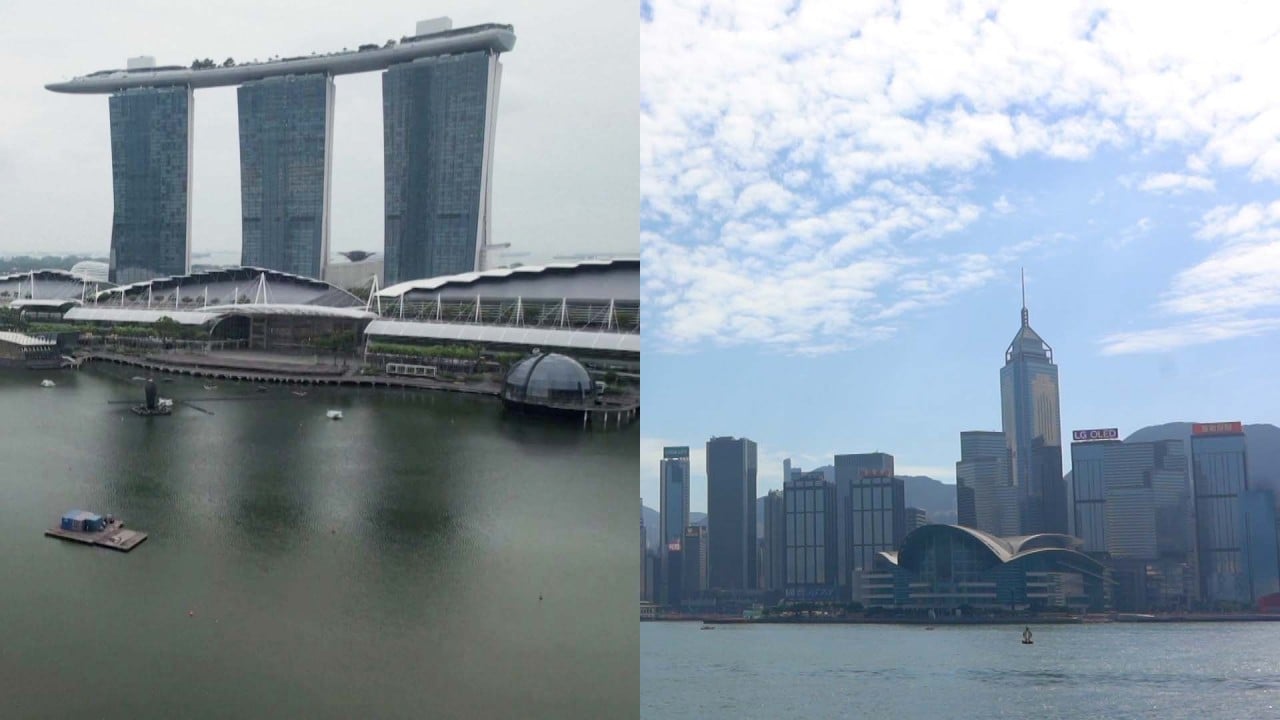
Taiwan’s fertility rate set to become world’s lowest by 2035 as ‘ticking demographic time bomb’ grows louder
- Taiwan’s total fertility rate could drop to a historic low of 0.89 births per woman of a childbearing age this year, down from 0.98 in 2021
- South Korea’s fertility rate currently stands as the world’s lowest at around 0.8, with Hong Kong, Singapore and mainland China also facing demographic issues
Taiwan’s fertility rate is forecast to fall to the world’s lowest by 2035, although an anticipated turnaround by 2045 offers hope for the industrialised island that depends on a stable labour force for its signature hi-tech exports.
Births per woman of a childbearing age in Taiwan are expected to average 1.12 by the middle of the next decade, which would put Taiwan below the 1.18 rate predicted for South Korea by its Journal for Korean Medical Science.
Taiwan’s total fertility rate currently stands at just below one birth per woman at 0.98 in 2021 having recovered slightly from the start of the coronavirus pandemic, but could fall to a historic low of 0.89 this year, according to the council.
The pandemic is hurting the economy, which affects people’s willingness to give birth or they put it off
“The pandemic is hurting the economy, which affects people’s willingness to give birth or they put it off,” an official from the council’s personnel development section told the Post on Tuesday.
Taiwan has weathered two major coronavirus outbreaks and lost much of its international tourism sector since the start of 2020.
Over the pre-pandemic decade, Taiwanese were already raising fewer children as they married later in life, felt daunted by the cost of buying their first homes and spent time caring for their elders.
Koreans are seen to be having fewer babies in light of work demands and rising costs of living.
“This reflects a longer-term situation,” said Woods Chen, the head of macroeconomics for Taipei-based Yuanta Securities. “Wealth is something that you have to accumulate.”
The Taipei government is promoting use of digitisation and artificial intelligence to reduce reliance on labour in certain jobs, the council’s personnel division said.
It said immigration policies are also being reworked, while older employees will be encouraged to delay retirement.
Taiwan’s nearly US$800 billion economy relies largely on exports of PCs, servers, phones and semiconductors, with more than half the world’s chips produced on the island.
Taiwan belongs to a band of countries and regions in East Asia – including Hong Kong, Singapore and mainland China – that are grappling to sustain key economic sectors as birth rates fall and populations age.
Last year, Taiwan’s population shrank for the second consecutive year after dropping by 185,000 due to record-low births and marriages, an increased mortality rate and an exodus of 1 million people moving overseas. Births in 2021 totalled 153,820, down by 11,429 from 2020, according to the Ministry of the Interior.
Measures being taken to sustain productivity should work, especially as Taiwanese society largely accepts importing migrant labour, Chen added.
But he said the measures cannot fully backfill eventual labour gaps against the current fertility rate.
The 23.92 million population could go into negative growth by 2031, officials have previously warned.
Political administrations in Taiwan have long been conscious of a ticking demographic time bomb
“Political administrations in Taiwan have long been conscious of a ticking demographic time bomb,” said Brian Hioe, a Taipei-based analyst and founding editor of the Taiwan-focused New Bloom magazine.
“Allowing for more immigration could be one solution, but protectionist sentiment has led to resistance about opening up greater employment opportunities for foreigners or establishing easier pathways to residency.”
Between 2035 and 2045, Taiwan’s birth rate should naturally float back up to pre-coronavirus levels, the National Development Council official added.
A lot of governments in Asia are going to be struggling with questions around how to sustainably lift birth rates to accommodate their greying populations
“We hope that by 2045 we can go back to pre-Covid times. [In the meantime,] we need to change the views of households [about raising children].”
The impact of low birth rates may be felt only after several decades, said Nick Marro, lead Asia-Pacific trade analyst with The Economist Intelligence Unit.
“I think when we look over the next decade, a lot of governments in Asia are going to be struggling with questions around how to sustainably lift birth rates to accommodate their greying populations,” Marro said.
“But few governments are going to find easy solutions.”


